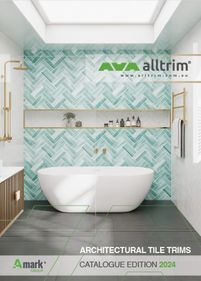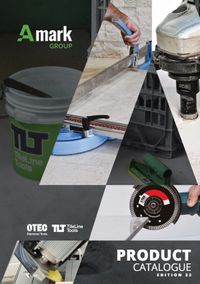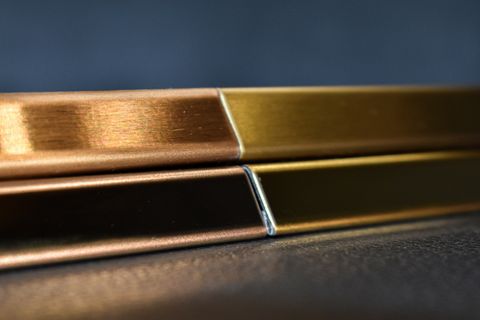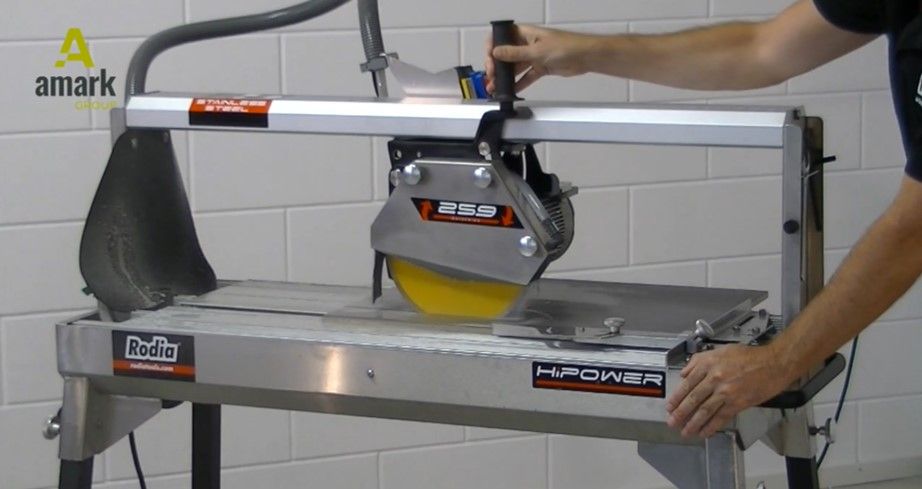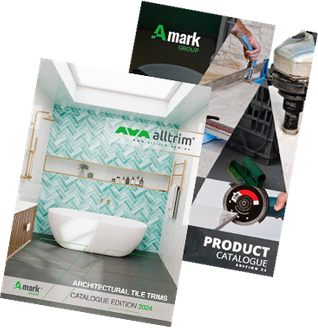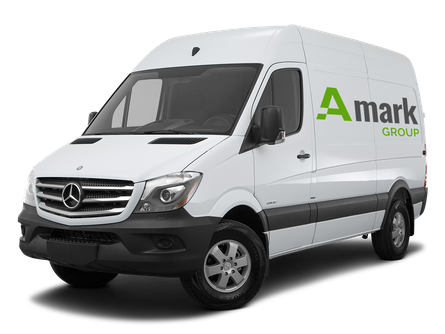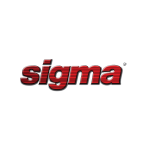Tile cutting: how to decide if dry cutting or wet cutting is best for your project
Diamond tile cutting blades have two distinct designs, one for dry cutting and the other for wet. The question is: what’s the difference between dry cutting and wet cutting? Not knowing the particular use for the blade causes unwanted results, equipment failure and possibly even accidents and injuries.
Here are our tips to help you decide if dry cutting or wet cutting is best for your project
Dry Tile Cutting
Dry cutting blades have specialised segment welds that are able to disperse heat and don’t need water to cool. The blade requires sufficient airflow between cuts to reduce the risk of overheating of the machine or blade. The method is often used indoors.
Those who employ dry tile cutting usually use handheld saws and equipment with lower horsepower. The blades are intended for smaller, clean-cut jobs such as decorative cutting and patterning. The method is also ideal for shaping, detailing and finishing material, although the cutting jobs should be intermittent and short-scale.
Our tips - When dry cutting, take shallow cuts for only up to 30 seconds before pulling out of the cut for a few to ten seconds break
Although dry cutting results in shallow cuts, a blade user can still achieve deep cuts, as long as they take precautionary measures and proper cutting steps. (always use PPE)
Wet Tile Cutting
Wet cutting is recommended when cutting through metal, reinforced concrete, thick tiles and other stones. The method uses water to aid in the job, reducing the amount of dust that comes with cutting the material.
Our tips - Wet cutting is best used for long, continuous cutting tasks because it is less prone to overheating and blade wear-outs.
Since wet cutting requires water, common tools and equipment for this method are concrete, tile or masonry saws, or those that frequently run on diesel and/or gas to prevent electrocution. The process also requires a hose attachment or water reservoir to disburse water during the cutting job.
Since the machinery is not handheld, it leads to smoother and more precise cuts. The automatic tools also put less work on the user. There needs to be a continuous flow of water over the blade to prevent overheating. Cutting without water when using a wet blade means that the blade will not be able to dispense of the heat build up and this will lead to damage of the blade and possible harm to the worker.
Knowing the difference between dry cutting and wet cutting helps you determine the right diamond blade to use for your project. Determining the right equipment for the right circumstances brings out optimal performance, leading to the desired output.
Ensure Accurate and High-Quality Cuts with Amark Group’s Diamond Tools
Amark Group is Australia’s reliable provider of diamond tools for the most challenging markets. Our range of tools are designed for strength and enhanced productivity.
As a trustworthy diamond blade supplier, we focus on giving you the best value for money. Our tools are sourced from dependable manufacturers, and you can be sure our products deliver accurate and efficient cutting, from ceramic to glass, natural stone and porcelain.
Find the right diamond blade for your project by calling us on 1800 804 297 or sending us an e-mail at sales@amarkgroup.com.au.

